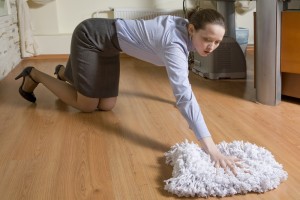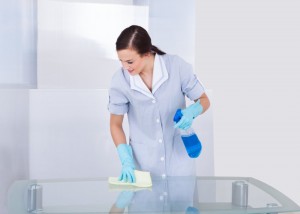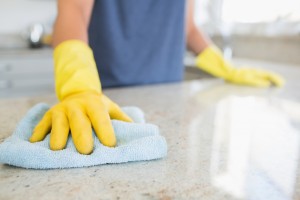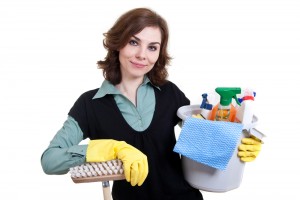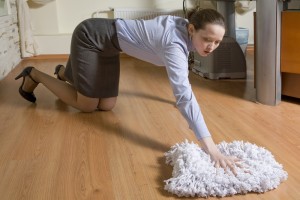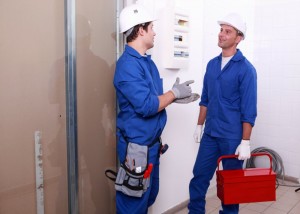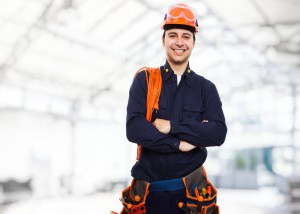Even the safest-looking workplaces have their own dangerous moments. If you think that nothing wrong could possibly come to you in the safety of your own calm office, think again. There are probably bookshelves near you, with books high above you that could fall off and concuss you. How are the power outlets handled? Are there any bare wires? If you are working in a paper-filled office, even the smallest sparks can lead to big fires if not handled immediately. And, believe it or not, all these dangers are doubled when you opt to do some cleaning around the office. Here are some tips on how to protect yourself and the office.
• If you are about to do some office cleaning, use gloves. Hand protection is important even in the smallest of instances. Rubber gloves can save you a nasty shock and spill if you accidentally come in contact with a bare wire. They will also protect your hands from all the toxins in the cleaning product you are using. Avoid gross rashes and itchy spots with ease, simply put on a pair of gloves while rubbing your desk with a cleaner product and all will be fine.
• If might seem laughable, but if you are working in a place with lots of shelves with files or books, and you are trying to dust them, or even just looking for a particular item, you should use some headgear. Imagine you inadvertently shake a bookcase as you are browsing through some volumes, and there are heavy and unchecked books or folders above you. One wrong step (or shake) will collapse a few of those volumes over your head and could easily lead to a bad concussion.
• Be wary of slippery spots on your floor or carpet. If you are one to have lunches in the office, surely you spilled something once or twice, but did not bother to thoroughly clean it. Some stains become slippery over time and you should protect yourself – and the ones coming into your office from them. Get some carpet cleaners to remove it, or even hire a cleaning agency to do regular office cleaning and keep your workplace safe. Yes, cleanliness sometimes is the key to safety. A professional cleaner will do a fine job of recognizing lasting and problematic stains and will remove them to bring the shine to your office.
• If you are working with a lot of office hardware, you should know that it is inevitable that something may eventually breakdown. Unless you are a mechanic or specialize in office appliance repairs, call an actual repairman to see to the problem. Do not be a hero and try to help out a colleague with a quick fix to a problem that you have no clue about. Leave the broken machinery as they are and call somebody who actually can fix them.
It requires very little to work safely in your office. A small bit of effort put into a clean and organized office will do wonders for the state of your workplace. If you cannot do it yourself, get a cleaning company. The key thing here is to work safe, so expenses should not be an obstacle.
Read more basic cleaning tips on: finchleycarpetcleaners.org.uk

